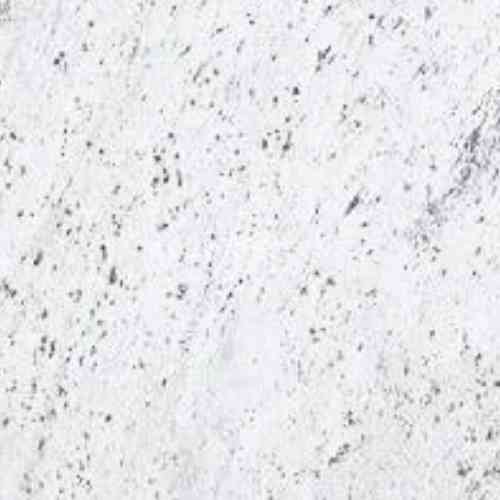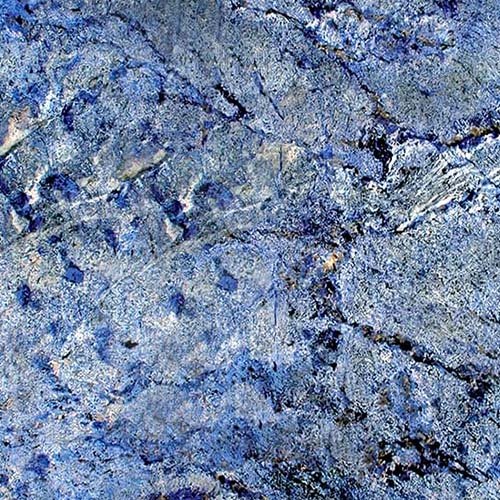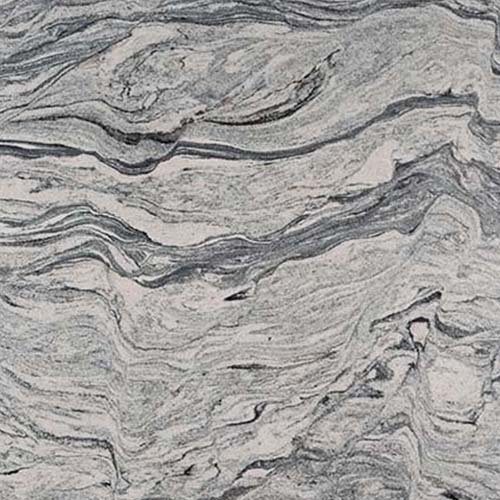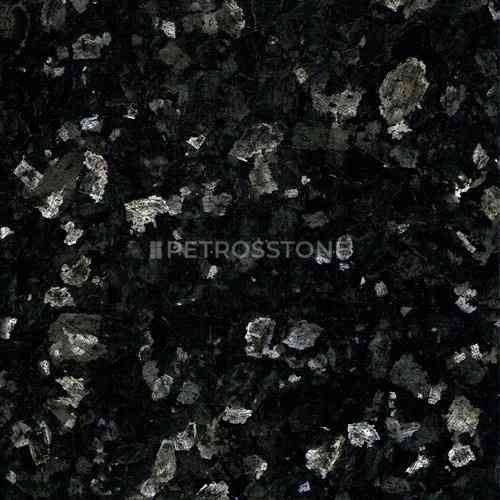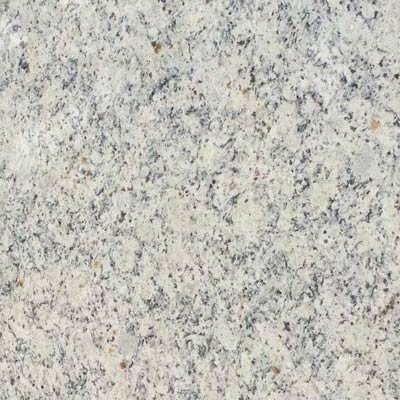
Picking tiles for your home can feel like a big puzzle. Ceramic, porcelain, and vitrified tiles each bring something special to the table. They fit different spaces, vibes, and wallets. This guide’s here to make it super easy to understand their differences. We’ll chat about strength, cost, durability, and more. By the end, you’ll know exactly which tile’s right for your project. Ready? Let’s jump in!
Table Of Contents
What is Ceramic Tile?
On a budget but want style? Ceramic tiles are your jam. Made from clay and water, they’re baked to make a solid surface. They’re perfect for walls or chill floors, with fun patterns like Moroccan mosaics. Glazed ones fight stains, but unglazed soak up spills. Super easy to install, they’re great for DIY. They last 20–30 years if you treat them right. For affordable flair in bedrooms or accent walls, ceramic’s got you. Swing by Petros Stones to check out their awesome ceramic lineup!
Pros: Cheap, easy to install, tons of fun designs, awesome for walls.
Cons: Soaks up water, stains easily, not super tough, can be slippery.

What Is Porcelain Tile?
Need tiles that can take a beating? Porcelain’s your guy. Made from fancy kaolin clay, they’re fired at crazy-hot 2,200–2,500°F. They’re dense, nearly waterproof, and laugh off stains and scratches. Perfect for kitchens, bathrooms, or patios, they come in big sizes like 24×48 inches. They mimic marble or wood like nobody’s business. They’re pricier and need pros to install, but they last 50+ years. For busy spots, porcelain’s unbeatable. Pop into Petros Stones to see their luxe porcelain collection!
Pros: Crazy durable, waterproof, stain-proof, works anywhere.
Cons: Costs more, heavy, hard to cut, feels cold.
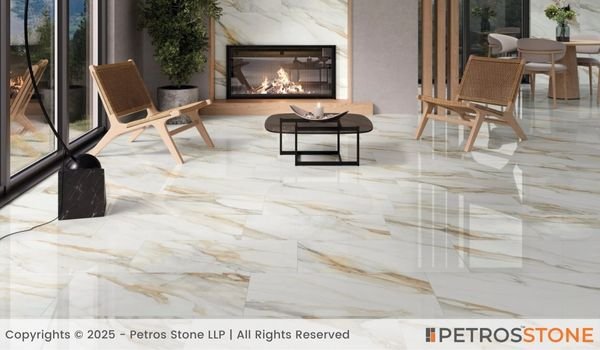
What is Vitrified Tile?
Want tiles that look fancy and last? Vitrified tiles are it. Mixing clay, silica, and feldspar, they get a glossy, glass-like finish. They’re tough, resist stains, and barely sip water. Great for kitchens or entryways, they handle heavy traffic and last 10–15 years. With marble-look or concrete textures, they’re super modern. Sizes go up to 32×32 inches for flexibility. They’re heavy, so pros should install them. For sleek style, vitrified’s your pick. Head to Petros Stones for their killer vitrified tiles!
Pros: Strong, low-maintenance, stain-resistant, looks super stylish.
Cons: Pricier than ceramic, glossy ones slip, needs pro installation.
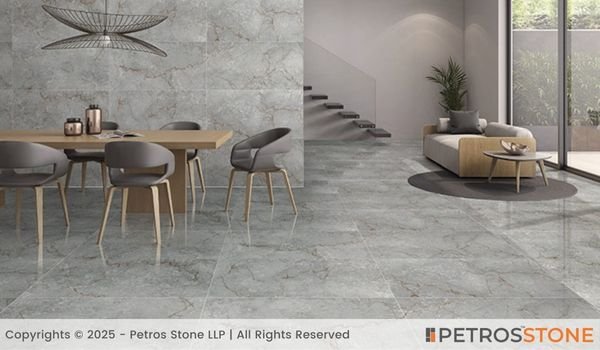
How to identify Ceramic, Porcelain or Vitrified tiles?

The following table of differences provides a brief overview of the characteristics of the tiles. This can help you identify and choose the perfect tile for your home.
| Feature | Ceramic Tiles | Porcelain Tiles | Vitrified Tiles |
| What Are They? | You get these from clay and water, baked hot. Affordable and versatile. | These use fine kaolin clay, fired super hot. Dense and tough. | Made with clay, silica, feldspar. Glassy, sleek, and strong. |
| Strength | They’re sturdy but chip under heavy hits. Good for light traffic. | Super dense, they handle heavy traffic like pros. Rarely crack. | Incredibly tough, they resist cracks and bangs. Great for busy spots. |
| Raw Materials | Clay, water, and minerals make these up. Simple and basic. | Kaolin clay, quartz, feldspar for density. Fancy and strong. | Clay, silica, quartz, feldspar blend for a glassy, tough build. |
| Porosity (Waterproof) | Soak up to 10% water. Glaze helps, but not great for wet areas. | Barely sip 0.5% water. Nearly waterproof, perfect for wet spots. | Ultra-low 1% porosity. Awesome for damp bathrooms or kitchens. |
| Stain Resistance | Unglazed ones stain easily. Glazed are better but need sealing. | Spills slide right off their dense surface. No stains, no stress. | Glassy finish laughs off stains. Easy to wipe clean. |
| Heat Resistance | Handle moderate heat but crack in extreme temps. Okay for indoors. | Fired at 2,200–2,500°F, they’re heat champs. Great for patios. | Glassy build takes heat like a pro. Perfect for sunny spots. |
| Cost | Cheapest at $0.50–$35 per sq. ft. Awesome for tight budgets. | Pricier at $3–$35 per sq. ft. Worth it for durability. | $2–$30 per sq. ft. Nice balance of cost and quality. |
| Durability | Last 20–30 years with care. Chip if hit hard. Solid for low traffic. | Go 50+ years strong. Perfect for busy homes. Rarely give up. | Hold up 10–15 years with little fuss. Tough and reliable. |
| Size Options | Come in 12×12 or 18×18 inches. Great for small patterns. | Big sizes like 24×48 inches. Smooth, open look for big spaces. | Range from 12×12 to 32×32 inches. Flexible for any room. |
| Design Styles | Earthy Moroccan mosaics or subway tiles. Talavera or terracotta for luxe. | Mimic Calacatta marble or oak wood. Statuario or slate for fancy vibes. | Marble-look Carrara or concrete textures. Glossy or matte modern flair. |
| Grades/Quality | Grades 1–4. Grade 4’s tough. Cheaper ones wear faster. | PTCA-certified for low water absorption. Premium ones last forever. | Double-fired for solid quality. Consistent across price ranges. |
| Cracks/Scratches | Unglazed scratch and chip easily. Glazed are better but not perfect. | Dense core fights scratches and cracks. Awesome for pets or kids. | Hard surface shrugs off scratches and impacts. Stays pretty. |
| Weight | Lightest, so easy to handle. Perfect for walls or DIY jobs. | Heavier, dense build. Needs strong floors for support. | Heavy from compact build. Check floor strength for upper levels. |
| Slip Resistance | Glossy ones are slick when wet. Textured or glazed grip better. | Matte or textured grip well. Safe for showers or pools. | Matte or anti-skid finishes prevent slips. Great for wet areas. |
| Best Uses | Walls, bedrooms, low-traffic floors. Glazed for bathroom walls. | Bathrooms, kitchens, patios, high-traffic floors. Anywhere, really. | Kitchens, entryways, bathrooms. Sleek for floors and walls. |
| Installation | Easiest to cut and install. DIY-friendly with basic tools. | Dense, so tough to cut. Needs pro tools and skills. | Heavy, needs precise pro installation. Not a DIY job. |
What Makes Them Different?
Ever wonder what sets ceramic, porcelain, and vitrified tiles apart? It’s all about how they’re made. Ceramic tiles start with clay and water, baked nice and hot. Porcelain tiles use finer clay, fired even hotter to get super dense. Vitrified tiles mix clay, silica, and feldspar for a sleek, glassy vibe. These differences decide how strong they are, how they look, and where they work best. Let’s break it down so you can pick the right one.
Strength – How Tough Are These Tiles?
Compared to ceramic tiles, porcelain tiles are more robust and long-lasting. Porcelain chips are also less noticeable. To prevent stains and mildew, unsanded grout with either kind of tile should be sealed on a regular basis.
Compared to ceramic tiles, vitrified tiles are also stronger. The added vitrification process and composition strengthen the materials. The production method and firing temperature are the key factors that set porcelain apart from vitrified tiles.
How Long Will They Last?
You want tiles that stick around. Ceramic tiles, if you take care of them, last 20–30 years. They’re tough but can chip if something heavy lands on them. Porcelain tiles can last 50 years or more. Great for busy homes. Vitrified tiles hold strong for 10–15 years with barely any upkeep. For long-lasting floors, porcelain and vitrified are the way to go.
Is Installation a Hassle?

Installation depends on the tile. Ceramic tiles are a breeze to cut and install. Great for DIYers with basic tools. Porcelain tiles are dense and tough to cut, so you’ll need pro tools and skills. Vitrified tiles, being heavy, also call for expert hands to get them just right. Hiring pros for porcelain or vitrified costs $60–$120 an hour, with porcelain jobs on the pricier side.
Are They Heavy to Work With?
Weight matters when you’re installing tiles. Ceramic tiles are the lightest, so they’re easy to handle. Perfect for walls or DIY jobs. Porcelain tiles are heavier and denser, so you’ll need a strong floor. Vitrified tiles are heavy too, thanks to their compact build. If you’re tiling upstairs, make sure your floor can handle porcelain or vitrified’s weight.
Grades/Quality
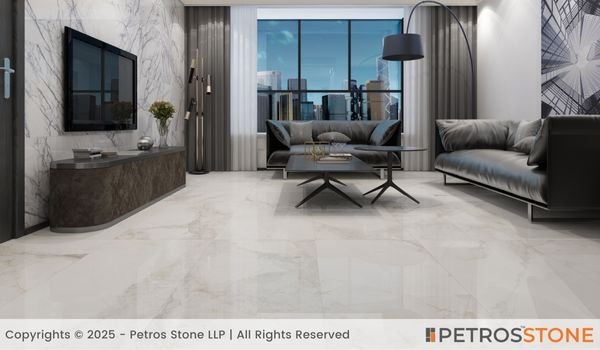
Not all tiles are created equal. Ceramic tiles come in grades 1–4—grade 4’s as tough as porcelain. Cheaper grades wear out faster. Porcelain tiles with PTCA certification guarantee low water absorption and strength. Pricier ones last forever. Vitrified tiles, often double-fired, are solid across price points. Spending more on higher-grade tiles means they’ll hold up better over time.
Design
Tiles are like the personality of your home. Ceramic tiles bring earthy vibes with colorful patterns, like Moroccan mosaics or clean subway tiles. Fancy ones include hand-painted Talavera or rustic terracotta. Porcelain tiles can look like Calacatta marble or oak wood—super luxe. Think polished Statuario or textured slate for high-end style. Vitrified tiles rock marble-look finishes like Carrara or trendy concrete textures. Glossy or matte, they make any room pop.
Stain Resistance
Nobody’s got time for stained floors. Unglazed ceramic tiles can soak up spills, leaving ugly marks. Glazed ceramic’s better but still needs sealing. Porcelain tiles? Spills just slide right off their dense surface. No stress, no stains. Vitrified tiles, with their glassy finish, are also super stain-resistant. For a kitchen where spills happen, go with porcelain or vitrified.
Resistance to Water

Water’s a big deal when picking tiles. Ceramic tiles soak up to 10% water, so they’re not great for wet spots unless glazed. Porcelain tiles barely drink water—less than 0.5%—making them almost waterproof. Vitrified tiles are super low-porosity, under 1%, so they’re perfect for damp areas. If you’re tiling a bathroom or kitchen, porcelain and vitrified are your best pals.
Slip Resistance
Slippery tiles are a recipe for trouble. Glossy ceramic tiles get slick when wet, so they’re risky in bathrooms. Textured or glazed ceramic’s safer. Porcelain tiles, especially matte or textured ones, grip well. They’re great for showers or pools. Vitrified tiles with matte or anti-skid finishes keep slips at bay too. For wet spots, grab textured porcelain or anti-skid vitrified.
Resistance to Heat
Kitchens and sunny patios get hot. Ceramic tiles are okay with moderate heat but might crack if it’s too intense. Porcelain tiles, baked at 2,200–2,500°F, can easily endure heat. They’re great for countertops or outdoor spots. Vitrified tiles, with their glassy makeup, handle heat too. For hot zones, porcelain and vitrified beat ceramic hands down.
Cleaning

Cleaning porcelain tiles with warm, soapy water once a week is essential to maintaining their best condition. To achieve the best results, clean the tiles using a mop or large sponge with 1 gallon of hot water and ¼ cup of white vinegar. Vitrified tiles should be cleaned with a damp mop and a moderate cleaning solution to preserve their beauty and longevity. To get rid of any debris from the surface of these tiles, you’re also advised to vacuum or sweep them once a week. Compared to vitrified tiles, ceramic tiles are more difficult to keep and clean due to their large number of joints. They may leave stains if not cleaned promptly and thoroughly.
Resistance to Scratching

Scratched or cracked tiles are a bummer. Unglazed ceramic tiles scratch and chip super easily. Glazed ones are tougher but not perfect. Porcelain tiles, with their rock-hard core, barely notice scratches or cracks. Awesome for homes with kids or pets. Vitrified tiles, with their tough surface, also brush off damage. For floors that stay flawless, pick porcelain or vitrified.
What Sizes Can You Get?
Tile size changes how your room feels. Ceramic tiles come in classics like 12×12 or 18×18 inches. Porcelain tiles go big, like 24×48 inches, for a smooth, open look. Vitrified tiles range from 12×12 to 32×32 inches, giving you tons of options. Big tiles make small spaces feel huge, while smaller ones are great for cool patterns.
Cost
Your budget’s a big factor, right? Ceramic tiles are the cheapest, starting at just $0.50 per square foot, up to $35. Perfect if you’re watching your wallet. Porcelain tiles run $3–$35 per square foot because they’re so durable. Vitrified tiles sit at $2–$30 per square foot, a nice middle ground. Installation can add up—porcelain needs skilled pros, which bumps up the price.
Applications of These Tiles
Ceramic tiles

- Ceramic tiles for residential use are perfect for light-traffic flooring areas and the walls of kitchens and baths (backsplashes).
- It can also be used for ornamental wall projects.
- Suitable for patios and sidewalks, but less resilient in severe weather.
Porcelain tiles

- For both home and business use, porcelain tiles are ideal for floors, walls, and even furniture like counters.
- Because of their durability, they are appropriate for places like shopping malls, subways, and airports.
- Due to their resistance to weather, they are ideal for outdoor areas such as patios and swimming pools.
Vitrified tiles
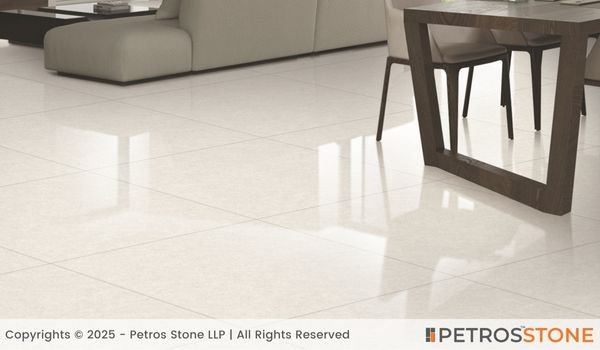
- Vitrified tiles are frequently used in bathrooms, kitchens, living rooms, and bedrooms in both residential and commercial settings.
- Because of their durability and robustness, they are ideal for workplaces, medical facilities, and shopping centres.
- Due to their non-porous nature, they can be utilized on patios and balconies.
How to Determine Which Is Best for You?
Usage
Because of their low porosity, vitrified or porcelain tiles are preferable for high-moisture locations like bathrooms. Ceramic tiles are adequate for light-use or decorative applications.
Requirements for Durability
For high-traffic locations, such as outdoor patios or commercial spaces, choose for vitrified tiles. For locations with modest usage and needing durability, porcelain is perfect.
Cost
Ceramic tiles are the most economical choice. Although they cost more, porcelain and vitrified tiles last longer.
Aesthetics
Choose vitrified tiles if you want a glossy appearance that mimics natural stone. Ceramic tiles provide more significant variation for more adaptable designs.
Weather Resistance
Because vitrified tiles are resistant to heat and cold, they function better outdoors in regions with harsh weather fluctuations.
Conclusion
Picking tiles comes down to your space and budget. Ceramic’s your budget buddy, perfect for walls or quiet rooms. Porcelain’s the tough guy, great for bathrooms and kitchens. Vitrified tiles mix strength and style for modern homes. Think about foot traffic, spills, and the vibe you’re going for.
Why Petros Stones Is Your Go-To
For tiles that wow, Petros® Stones is where it’s at. They’ve got a huge range of ceramic, porcelain, and vitrified tiles. From marble-look vitrified to textured porcelain, their designs make your space pop. Their team helps you find tiles that fit your style and budget. Stop by Petros® Stones today to browse their collection and kick off your dream project!
FAQs – Your Top Questions Answered
1. Which tile’s best for bathrooms?
You need waterproof tiles for bathrooms. Porcelain, with under 0.5% water absorption, rocks floors and showers. Vitrified’s close behind, great for both. Glazed ceramic works for walls, but skip unglazed—it’s too porous. Grab durable porcelain or vitrified from Petros Stones.
2. Are vitrified tiles slippery?
Glossy vitrified tiles can be slick when wet. Go for matte or anti-skid ones for grip. They’re awesome for bathrooms. Petros Stones has slip-resistant picks.
3. How do I clean porcelain tiles?
Porcelain’s a breeze to clean. Sweep up dirt, then mop with warm water and a bit of mild soap. Skip harsh cleaners. Petros Stones’ porcelain is low-maintenance.
4. Can ceramic tiles go outside?
Ceramic needs glaze and sealant for outdoors. Porcelain and vitrified handle weather better. Ask Petros Stones for outdoor-ready ceramic.
5. Which tile’s cheapest?
Ceramic starts at $0.50 per square foot, way cheaper than porcelain or vitrified. They’re still solid for the price. Find budget ceramics at Petros Stones.
6. How long do vitrified tiles last?
Vitrified tiles stick around for 10–15 years with little effort. Their glassy surface fights scratches and stains. Check out Petros Stones’ long-lasting vitrified options.
This guide’s got everything you need to choose your perfect tile. Ceramic’s affordable, porcelain’s tough, and vitrified’s stylish. Whatever you pick, Petros Stones has the goods to make your home shine. Go visit them and get started!
Feel free to get in touch for a free consultation, quote, and get a detailed understanding from our experts here at Petros®. Visit https://petrosstone.com/ or call +91-8446360361 and WhatsApp

Hi, I’m Shivangi,
With years of experience in the architecture and design space, I write to bridge the gap between material knowledge and practical application. At Petros® Stone, I create content that highlights the beauty, function, and impact of natural stones, helping homeowners and professionals make confident design decisions.
Explore my LinkedIn profile to learn more about my work!
Brown Granite
White Galaxy Granite
Blue Bahia Granite
Silver Cloud Granite
Black Pearl Granite
Dallas White Granite

Brown Granite
White Galaxy Granite
Blue Bahia Granite
Silver Cloud Granite
Black Pearl Granite
Dallas White Granite


